Designing Justice + Designing Spaces calls for radical reimagining in architecture
Designing Justice + Designing Spaces is one of the emerging studios from California that are changing the architecture scene in the context of the criminal legal system and beyond
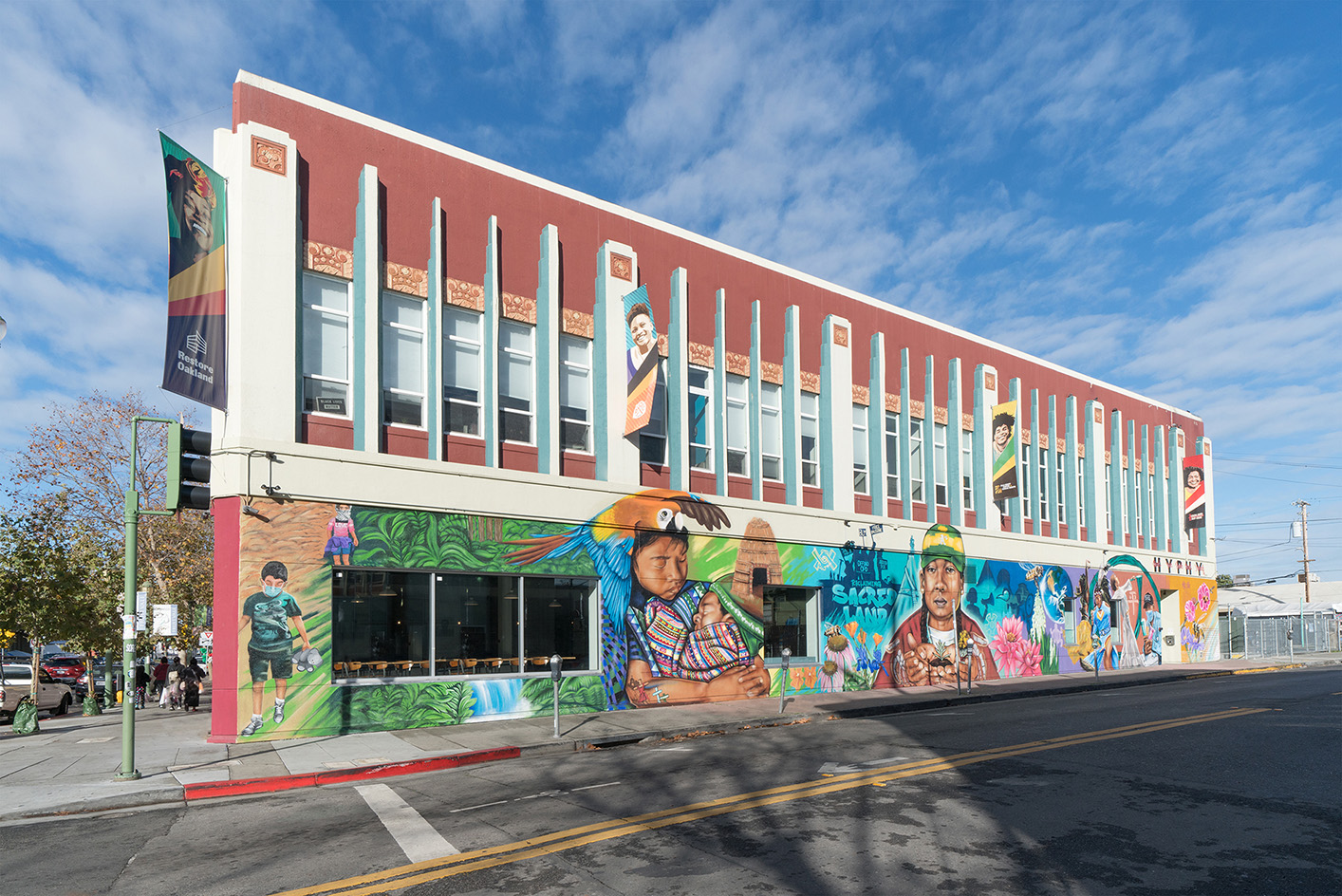
Headed by architect Deanna van Buren, Designing Justice + Designing Spaces is a pretty unique proposition in its field: an architecture and real estate development firm aiming to use its skills and industry as a tool to end mass incarceration. Founded in Oakland in 2017, the practice is a proudly Black woman-led one, striving for the radical imagining of spaces for care in the context of the criminal legal system.
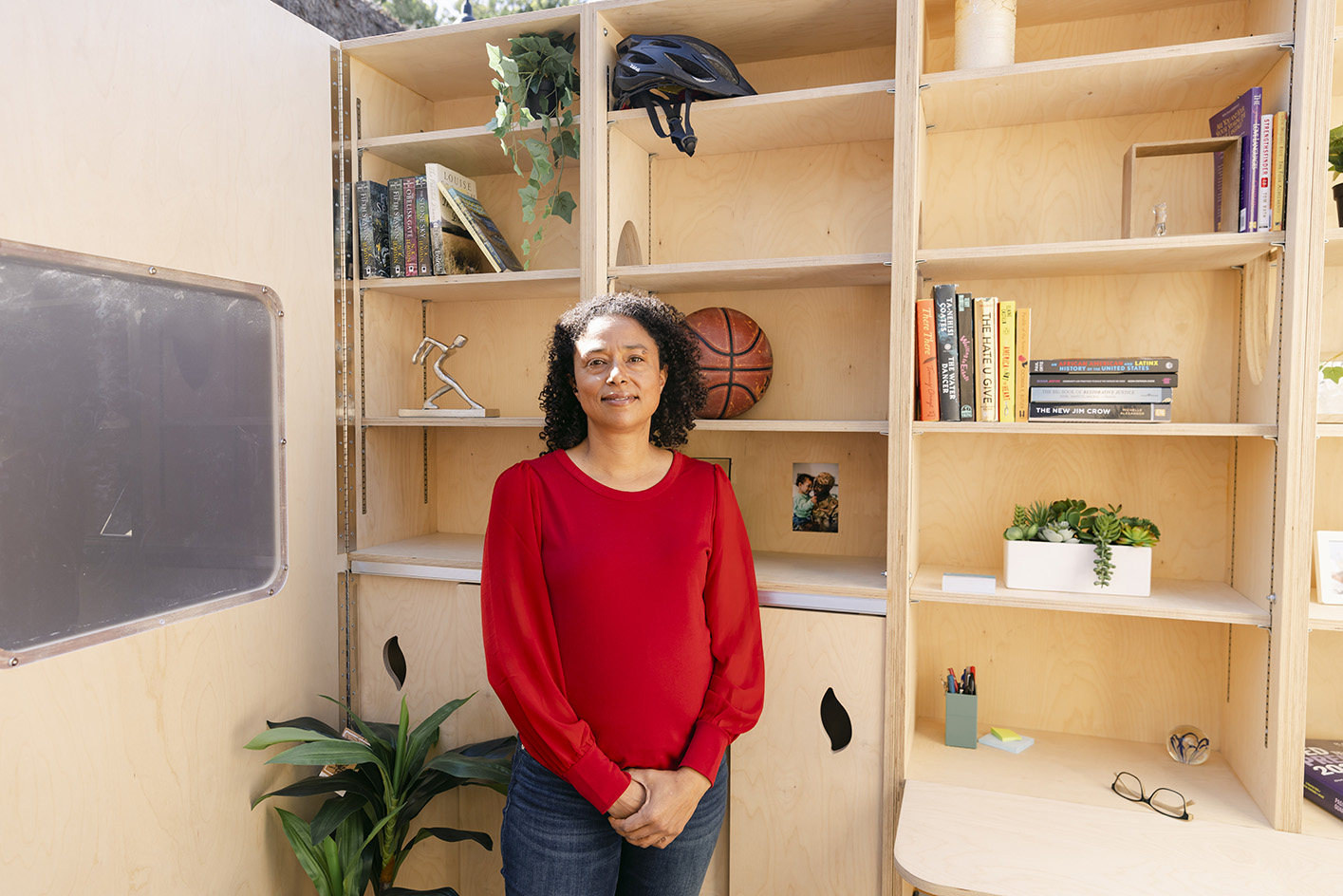
Designing Justice + Designing Spaces: rethinking architecture and the criminal legal system
‘We envision these spaces nationally as spaces for youth, education, re-entry housing, behavioural health, and more. Our real estate development arm supports non profits and municipalities to think through how to finance their projects. We are also setting ourselves apart by managing real estate that we own as a firm, for example land in Detroit where we plan to build a social justice campus in the coming years,’ says van Buren. The firm currently has some 20 employees, from permaculture designers, researchers, communications specialists, real estate developers, public health experts, and more.
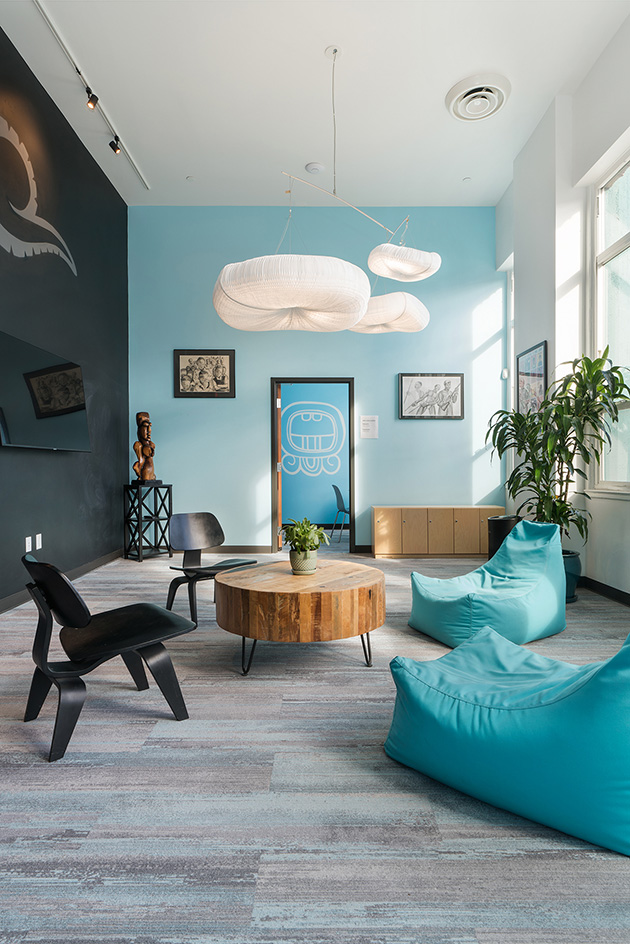
‘New building types need to be designed if we want a new world,’ van Buren says. Moving away from traditional ideas, models and form making, this practice forges a path in a largely underserved building category, hoping to infuse it with new philosophies, such as concepts around restorative justice. ‘This means that social impact is the primary driver for projects we need to do,’ van Buren explains.
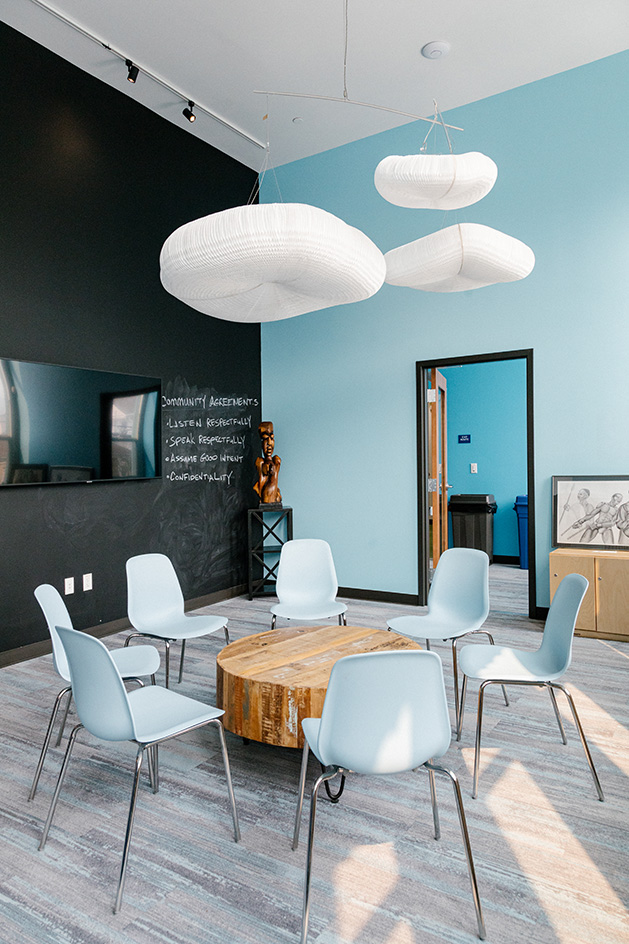
What could this look like? ‘We’re excited about a project in Detroit we worked on - The LOVE Building - has officially opened this year,’ van Buren says. ‘Our role was to work with local architects Quinn Evans, the future tenants and community to envision restored exterior and interior spaces, for which we engaged local community stakeholders including people who were formerly incarcerated. Beyond its role as a catalyst for social change, the building hosts community gathering spaces, digital infrastructure, arts and culture programming, wellness classes, and a food hub. By consolidating these diverse services and resources under one roof, the LOVE Building serves as a powerful nexus for justice, transformation, healing, and liberation.’
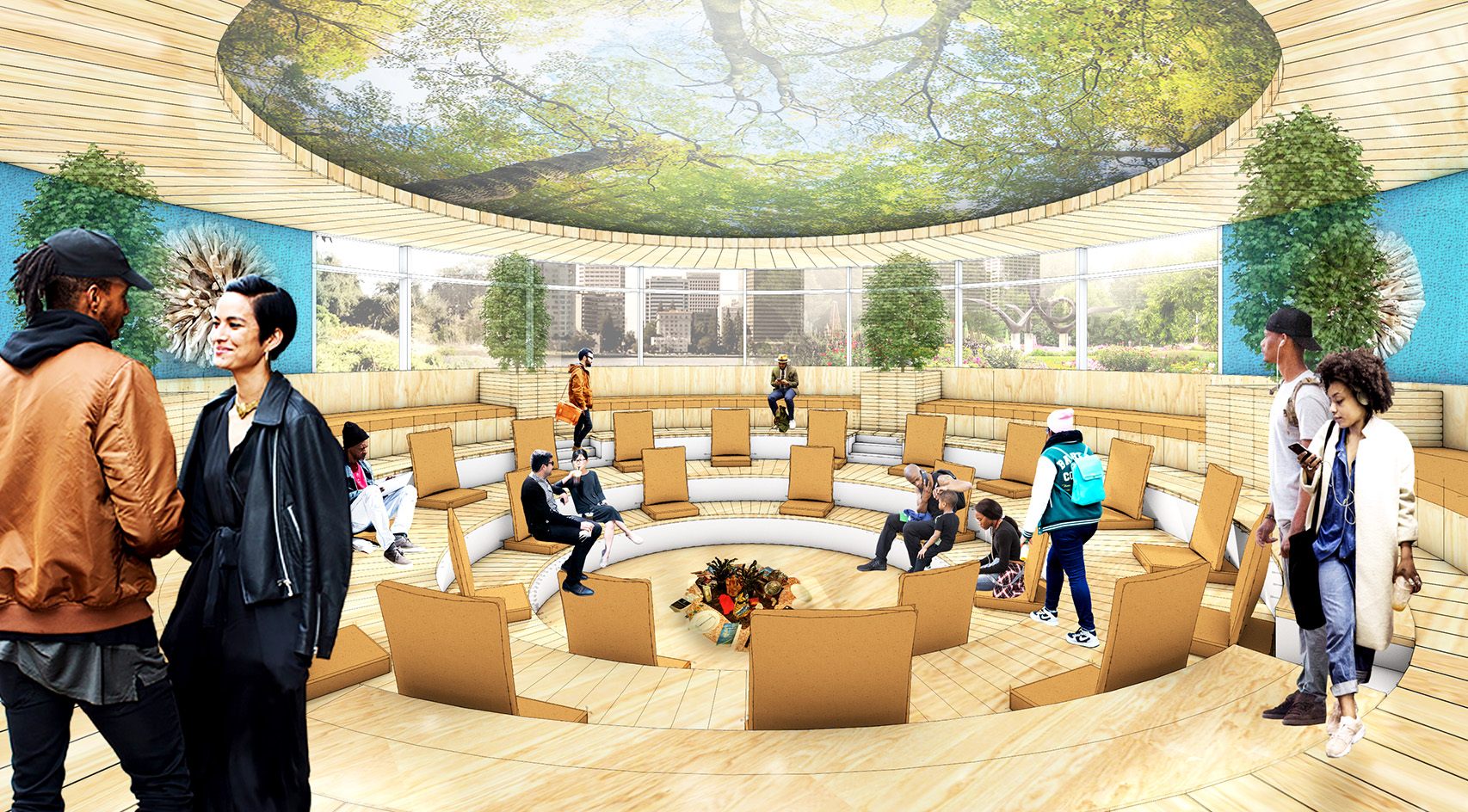
And the studio’s scope is expanding with every project. Designing Justice + Designing Spaces is currently focusing on ‘advancing re-entry housing for people who are systems-impacted, their families, and their circles of care. To create safe, secure, dignified re-entry housing is a core way to keep people out of jail, to end mass incarceration.’
Receive our daily digest of inspiration, escapism and design stories from around the world direct to your inbox.
Ellie Stathaki is the Architecture & Environment Director at Wallpaper*. She trained as an architect at the Aristotle University of Thessaloniki in Greece and studied architectural history at the Bartlett in London. Now an established journalist, she has been a member of the Wallpaper* team since 2006, visiting buildings across the globe and interviewing leading architects such as Tadao Ando and Rem Koolhaas. Ellie has also taken part in judging panels, moderated events, curated shows and contributed in books, such as The Contemporary House (Thames & Hudson, 2018), Glenn Sestig Architecture Diary (2020) and House London (2022).
-
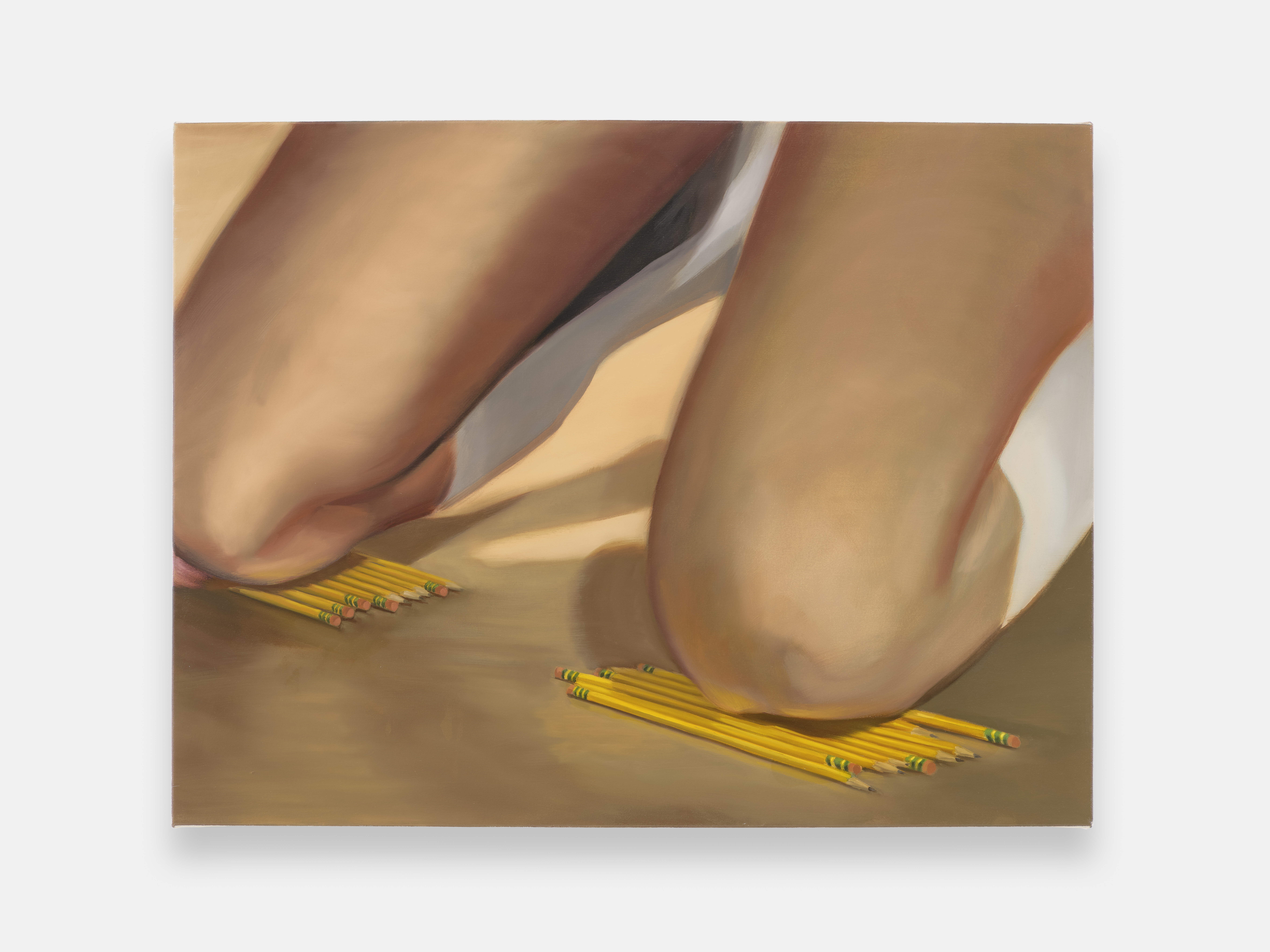 ‘I want to bring anxiety to the surface': Shannon Cartier Lucy on her unsettling works
‘I want to bring anxiety to the surface': Shannon Cartier Lucy on her unsettling worksIn an exhibition at Soft Opening, London, Shannon Cartier Lucy revisits childhood memories
-
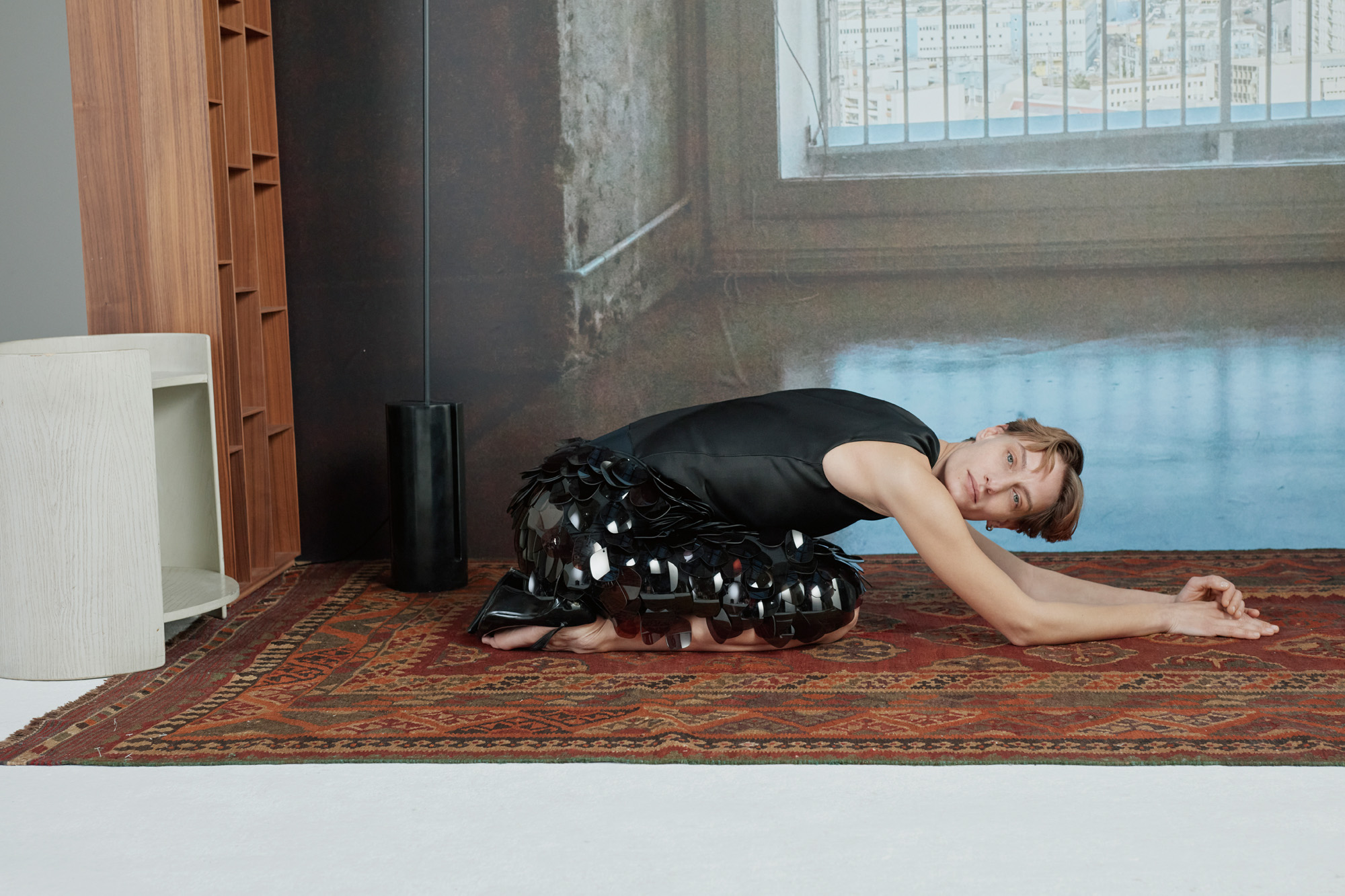 What one writer learnt in 2025 through exploring the ‘intimate, familiar’ wardrobes of ten friends
What one writer learnt in 2025 through exploring the ‘intimate, familiar’ wardrobes of ten friendsInspired by artist Sophie Calle, Colleen Kelsey’s ‘Wearing It Out’ sees the writer ask ten friends to tell the stories behind their most precious garments – from a wedding dress ordered on a whim to a pair of Prada Mary Janes
-
 Year in review: 2025’s top ten cars chosen by transport editor Jonathan Bell
Year in review: 2025’s top ten cars chosen by transport editor Jonathan BellWhat were our chosen conveyances in 2025? These ten cars impressed, either through their look and feel, style, sophistication or all-round practicality
-
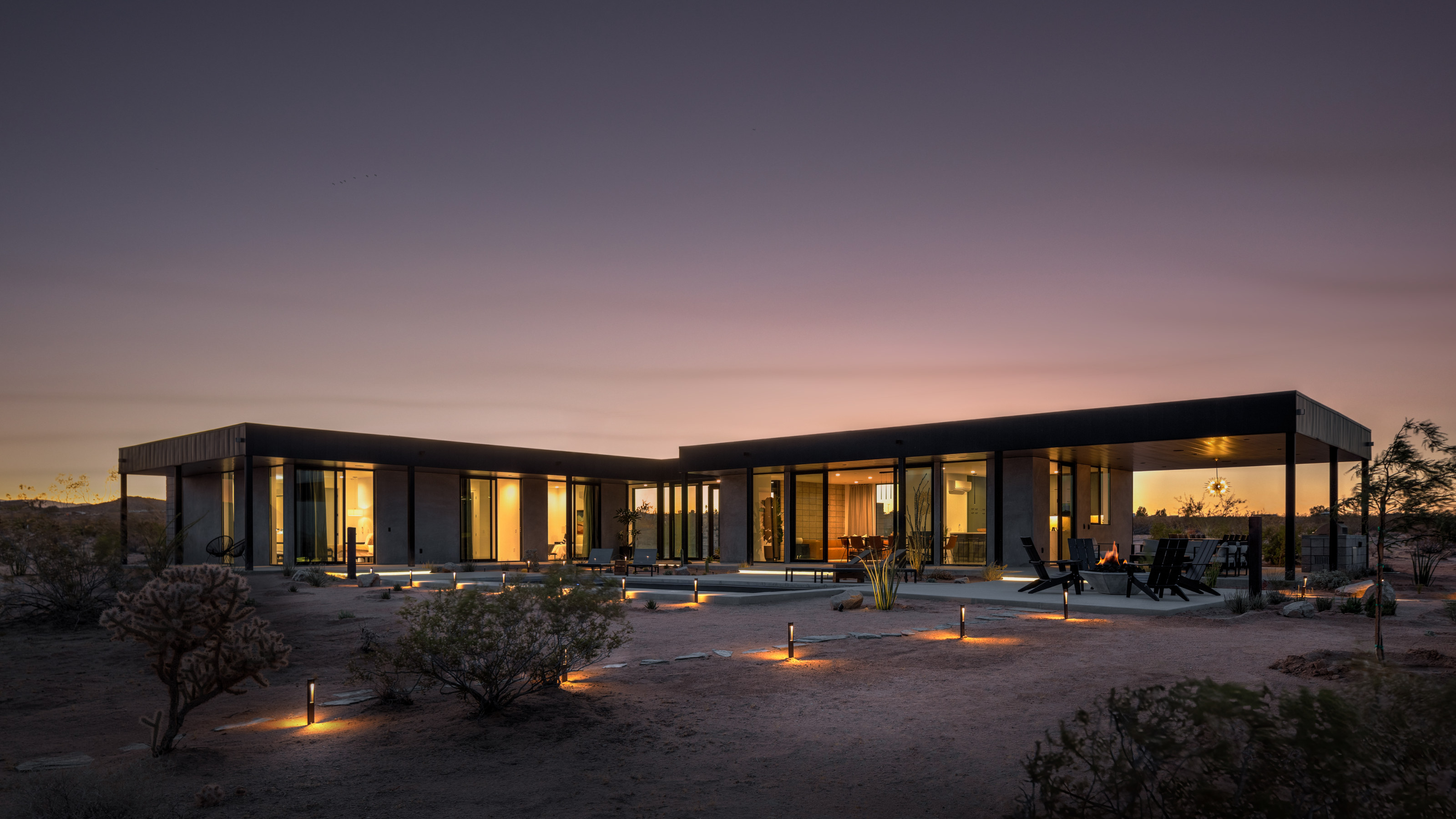 Rent this dream desert house in Joshua Tree shaped by an LA-based artist and musician
Rent this dream desert house in Joshua Tree shaped by an LA-based artist and musicianCasamia is a modern pavilion on a desert site in California, designed by the motion graphic artist Giancarlo Rondani
-
 Step inside this resilient, river-facing cabin for a life with ‘less stuff’
Step inside this resilient, river-facing cabin for a life with ‘less stuff’A tough little cabin designed by architects Wittman Estes, with a big view of the Pacific Northwest's Wenatchee River, is the perfect cosy retreat
-
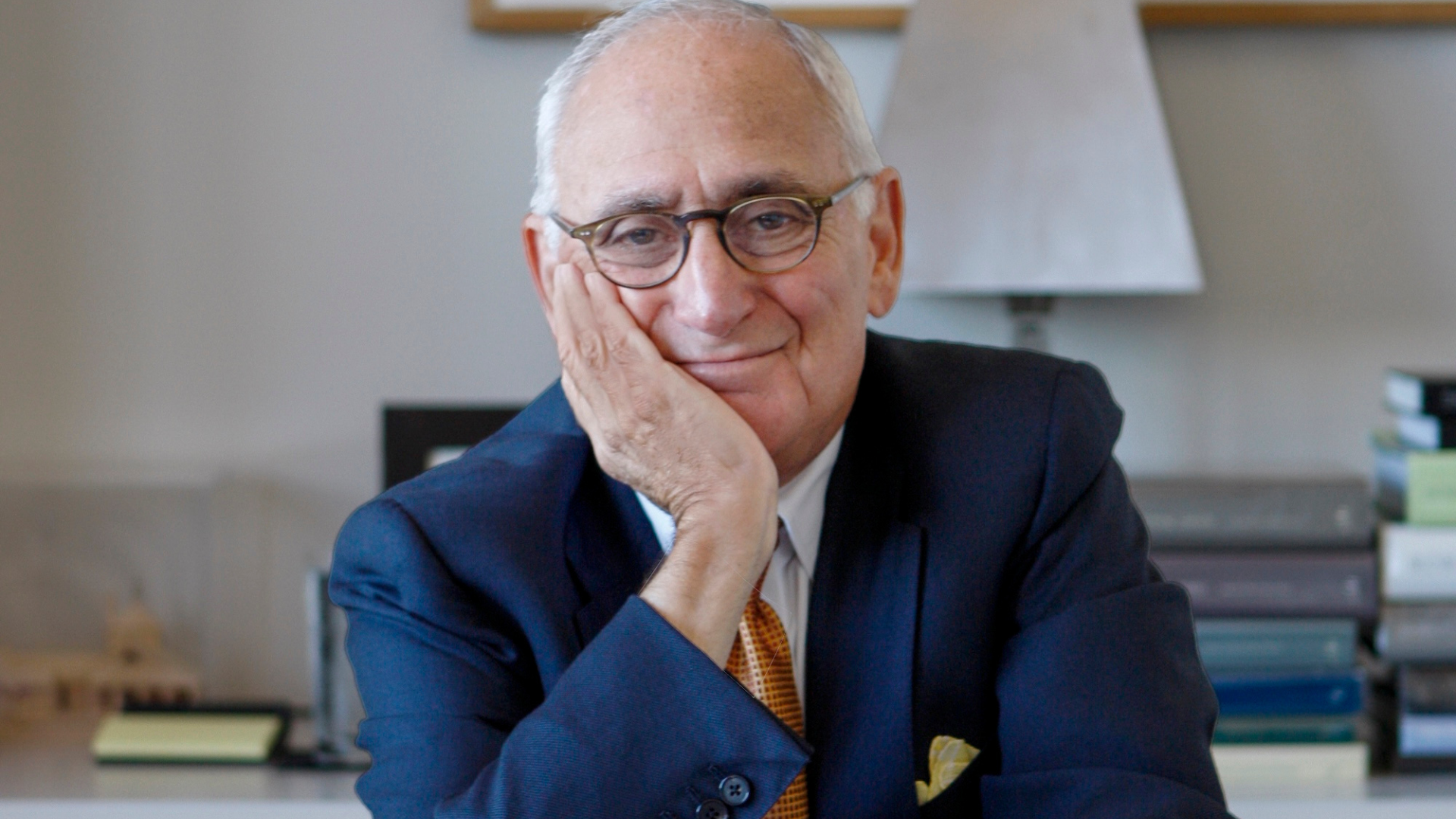 Remembering Robert A.M. Stern, an architect who discovered possibility in the past
Remembering Robert A.M. Stern, an architect who discovered possibility in the pastIt's easy to dismiss the late architect as a traditionalist. But Stern was, in fact, a design rebel whose buildings were as distinctly grand and buttoned-up as his chalk-striped suits
-
 Own an early John Lautner, perched in LA’s Echo Park hills
Own an early John Lautner, perched in LA’s Echo Park hillsThe restored and updated Jules Salkin Residence by John Lautner is a unique piece of Californian design heritage, an early private house by the Frank Lloyd Wright acolyte that points to his future iconic status
-
 The Stahl House – an icon of mid-century modernism – is for sale in Los Angeles
The Stahl House – an icon of mid-century modernism – is for sale in Los AngelesAfter 65 years in the hands of the same family, the home, also known as Case Study House #22, has been listed for $25 million
-
 Houston's Ismaili Centre is the most dazzling new building in America. Here's a look inside
Houston's Ismaili Centre is the most dazzling new building in America. Here's a look insideLondon-based architect Farshid Moussavi designed a new building open to all – and in the process, has created a gleaming new monument
-
 Frank Lloyd Wright’s Fountainhead will be opened to the public for the first time
Frank Lloyd Wright’s Fountainhead will be opened to the public for the first timeThe home, a defining example of the architect’s vision for American design, has been acquired by the Mississippi Museum of Art, which will open it to the public, giving visitors the chance to experience Frank Lloyd Wright’s genius firsthand
-
 Clad in terracotta, these new Williamsburg homes blend loft living and an organic feel
Clad in terracotta, these new Williamsburg homes blend loft living and an organic feelThe Williamsburg homes inside 103 Grand Street, designed by Brooklyn-based architects Of Possible, bring together elegant interiors and dramatic outdoor space in a slick, stacked volume